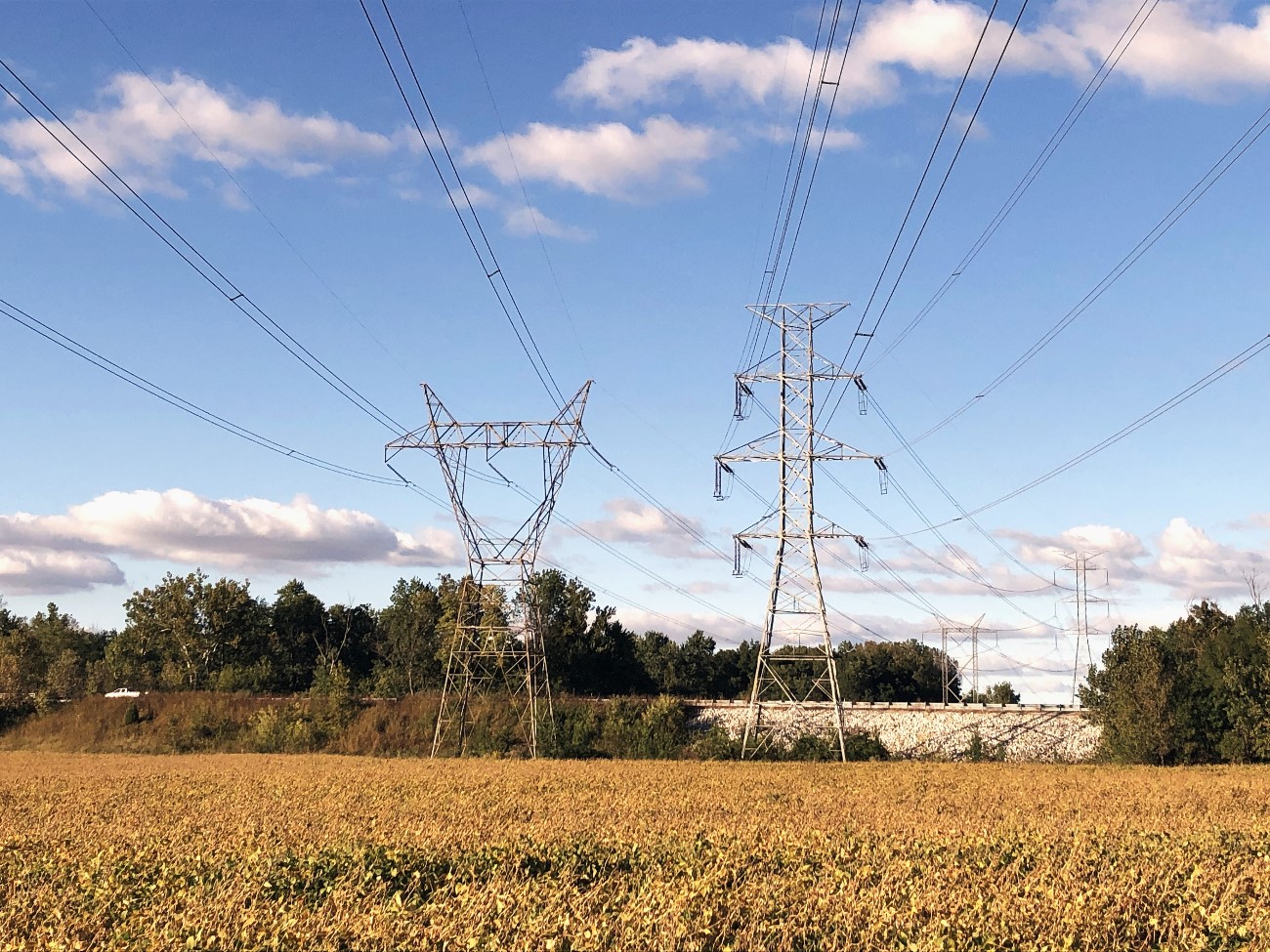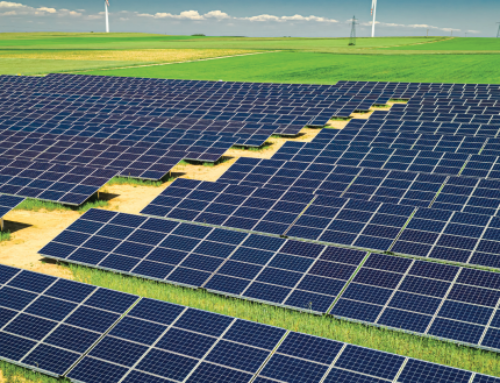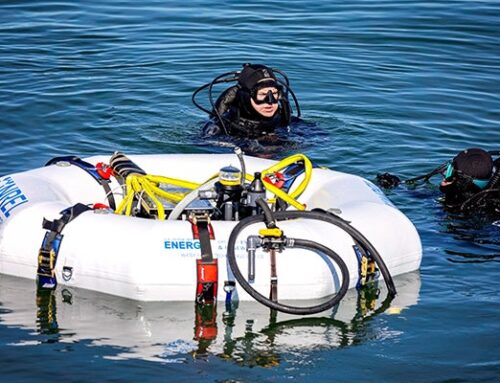Carbon dioxide pollution in the West could drop with expansion of electrical grid, report says
October 8, 2024

Planet-warming carbon dioxide pollution could dramatically drop in the West if a dozen electrical energy transmission projects currently proposed or being built are completed in the next five years, a new report found.
It said that the 12 projects – adding 3,000 miles of new energy transmission across 14 states – could reduce carbon dioxide emissions from electricity in the region by 73% compared with 2005 levels once complete. This is because the expanded grid would spur the development of renewable energy projects powered by wind and solar. The findings, published Sept. 13, come from researchers at the U.S.Department of Energy’s Pacific Northwest National Laboratory.
But expansion of the region’s energy and transmission is lagging, according to officials at the Western Electricity Coordinating Council, a nonprofit organization based in Salt Lake City that ensures grid connection and reliability in the West. By the end of last year, about half of the new energy and transmission projects anticipated for the West had been completed. This was due in large part to supply chain issues, prices and labor shortages, according to Branden Sudduth, the commission’s vice president of reliability planning.
Among the projects included in the analysis is the Boardman to Hemingway transmission line, a 271-mile long line across Morrow, Umatilla, Union, Baker and Malheur counties. The line was approved by multiple state and federal agencies, but construction is not slated to begin until 2026. The other proposed transmission projects are largely in the Southwest.
Typically, at least half of Oregon’s electricity has come from hydropower, though drought in recent years has reduced production to about 40% of the state’s total electricity generation. The second largest source of electrical energy in Oregon, accounting for nearly 40%, is natural gas, which is mostly methane, a powerful greenhouse gas. The rest – 20% or more of the state’s energy – comes from wind, solar, biomass such as wood and decaying crops, and geothermal power, according to the U.S. Energy Information Administration.
Oregon also exports electricity to other states in the Western grid.
If the 700,000-mile grid – called the Western Interconnection – is expanded with completion of the projects, researchers at the U.S. Department of Energy estimate that about 15% of the energy currently generated for the grid from coal and natural gas could be replaced with new wind and solar energy energy.
The report found that adding more wind and solar power to the grid would bring savings, too, by reducing Western generation costs by about a third.
With added wind and solar energy and expanded transmission lines in the Southwest and Wyoming, California’s demand for Northwest hydropower would drop by more than 25%, the researchers found.
The potential resilience of this future grid to extreme weather and demand was also analyzed. The researchers found that expanding the grid and adding lines across more areas and installing sophisticated batteries would allow the system to withstand multiple challenges, such as higher demand in extreme weather.
“The Western Interconnection can be operated reliably and affordably with a high penetration of renewables,” researchers wrote.
GET THE MORNING HEADLINES.
Search
RECENT PRESS RELEASES
Related Post



